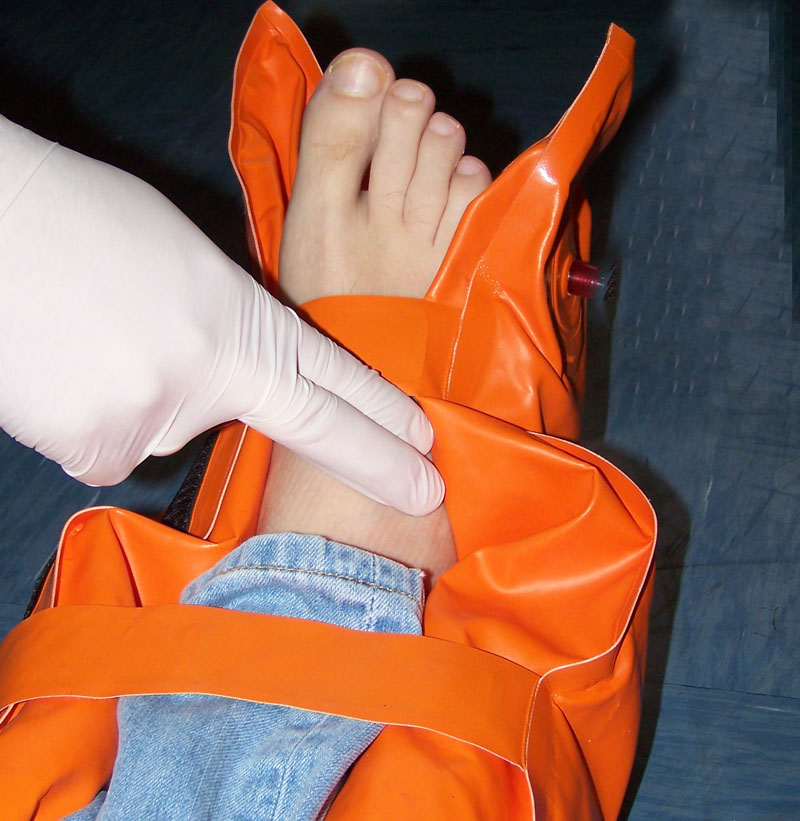Extremity fractures, fracture or fracture is a break in the bone that occurs as a result of an external force and comes in different clinical variations. It can be said that no fracture is exactly the same.
Extremity fractures can be classified as open or closed. Open fractures may have bone fragments protruding from the wound, or bone fragments may be pushed under the skin during the injury. Sharp bone fragments can injure blood vessels, which can cause bleeding that needs to be controlled and stopped. Bleeding can occur at the time of the fracture or due to subsequent movement of the broken bones.
As a result of the injury, neurovascular injuries are also possible. Closed fractures maintain the integrity of the skin.
Limb injuries can be divided into open and closed fractures. Open fractures may have bone fragments protruding from the wound or bone fragments that have been pushed under the skin after the injury. Sharp bone fragments can injure blood vessels, often leading to bleeding that needs to be stopped and controlled. This can occur either during the fracture or later due to movement of the broken bones.
As a result of injuries, neurovascular injuries are also possible. Closed fractures have intact skin.
A basic rule in the management of limb injuries is to pay attention to the assessment of life-threatening injuries. Under no circumstances should the dramatic appearance of injuries distract rescuers from life-threatening injuries.
When assessing the patient and injuries, the ABCDE approach is used, depending on the initial assessment and the mechanism of injury, further investigation and treatment are decided. Consider whether to proceed with primary or local screening of the patient.
During the assessment, pay attention to:
- Fracture location.
- Inspect all extremities.
- Assess the pulse, motor function and sensory function of the affected limb before and after immobilization.
- In women, consider osteoporosis.
- Presence of concurrent diseases and medical history.
- Extremity injuries can lead to severe bleeding.
- Provide adequate analgesia as extremity injuries can be extremely painful.
Signs of a broken arm or leg:
- Pain.
- Inability to move the injured limb.
- Swelling at the fracture site (not always present).
- Deformation of the limb (not always present; if present, it is a clear sign of fracture).
Bone fractures are generally very painful. To make the patient more comfortable and prevent further injury, the injured limb should be immobilized.
Procedure for limb injuries:
Proper management of a fracture or dislocation of an extremity reduces pain, functional disability and serious complications. Primary care is focused on immobilizing the limb and the injured part using appropriate immobilization devices. The goal of immobilization is to prevent movement of the injured part and the broken bone fragment. Most fracture pain is caused by the nerves surrounding the bone. Broken bone fragments irritate these nerves, causing severe and excruciating pain. Preventing the movement of bone fragments reduces pain and prevents further damage to muscles, nerves and bones. Immobilization prevents further movement of the bones.
In case of extremity injuries, thoroughly immobilize the injured part and provide support to the injured extremity. However, before starting with immobilization, it is important to pay attention to life-threatening injuries. Effective immobilization placement can provide stability and protection to the injured part, reduce pain, and potentially prevent further damage.
After immobilizing the injured limb, ensure its fixation and support, and then begin the process of transporting the injured person to a medical center for further treatment and evaluation.
Acting in compliance with these instructions can significantly affect the recovery and treatment results of the injured person, contributing to faster healing and reducing complications.



0 Comments